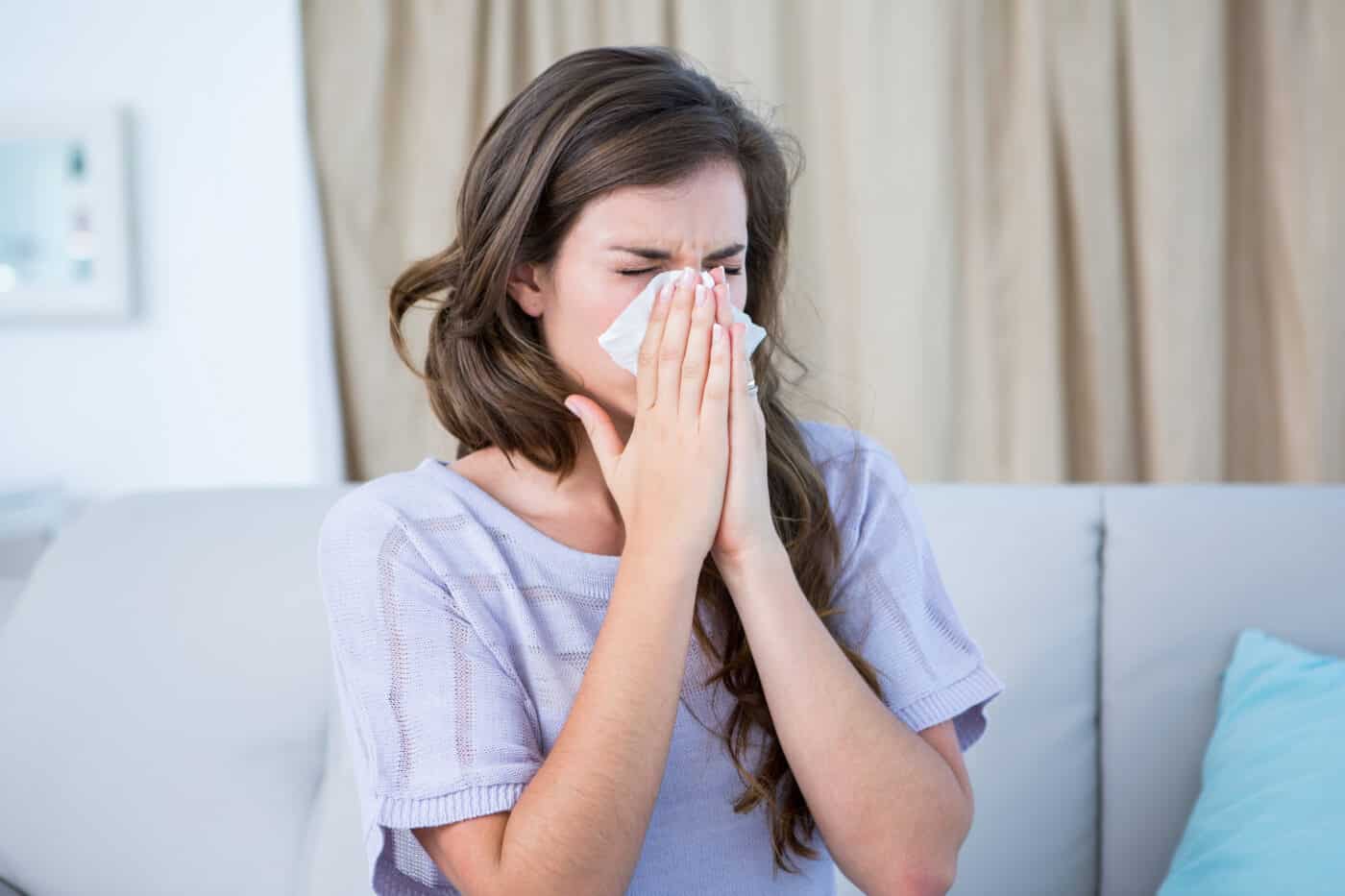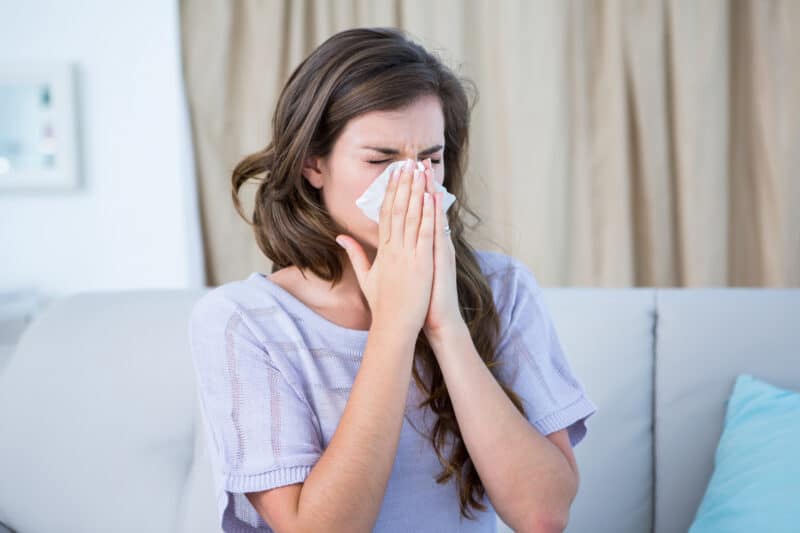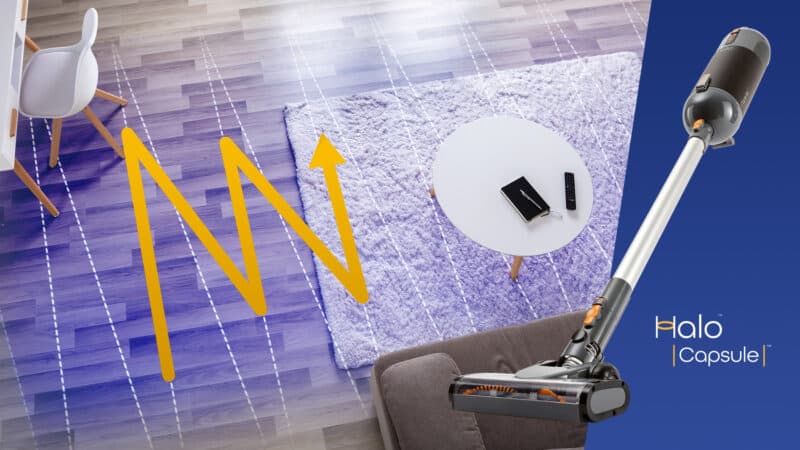
Curing Your Hay Fever Starts With Housework
If you’re unfortunate enough to suffer from Hay Fever in the summer months, you’re not alone. One in five people experience symptoms at some point in their lives, and unfortunately, they can really take a toll on your summer.
This year seems particularly bad for Hay Fever sufferers, with social media seemingly ablaze with stories and myths on how to alleviate your symptoms. Advice is often to stay inside more to help alleviate symptoms, but after recent events, who can blame us for not wanting this to be our only option?
What if we told you that instead of slamming your windows shut, sticking garlic up your nose (a trending TikTok remedy we wouldn’t recommend) or trying not to forget to retake your antihistamine tablets again, simply getting your vacuuming technique right and the right vacuum for the job could significantly help?
Pollen and allergens will always find a way into your home. They’ll blow in through open windows or your doors if you leave them open to let some air in. Unfortunately for those with Hay Fever allergies, they can then settle on anything you see and touch every day, impossible to spot with the naked eye.
What’s worse is that typical bagless vacuums will release and redistribute those allergens back into the air as you clean. In fact, our research shows that bagless vacuums release up to 10 times more allergens and pollen back into the air than systems that use dust bags do. Even if you’re staying on top of your vacuuming, you could just be making the problem worse.
So what’s the best way to clean your home to get rid of pollen and allergens?
Here’s our guide:
- Make sure you’re vacuuming correctly.
This one sounds obvious; how could you possibly vacuum incorrectly? Isn’t it just a case of pushing the vacuum around? Well, no. It makes a huge difference when you know how to best get all those allergens out of your carpets or off your hard floors.
When vacuuming, we recommend a zig-zag pattern; start on one side of the room by pushing forward it a straight line, then as you pull back, move slightly to one side until you end up one vacuum head width across from where you started. Repeat until the whole floor area is covered, with every area being covered twice. - Don’t forget your soft furnishings.
It’s easy to simply vacuum your floor and call it a day. But it’s vital that you vacuum your sofa, chairs, and anywhere else where pollen and allergens can hide. You can switch out your vacuum attachment to one that is especially gently on upholstery, so you don’t risk damaging your furniture.
Remember to regularly clean under and around your sofa too, and all around those tricky corners of the room. We recommend using a crevice attachment here to ensure you’re really getting into those hard to reach areas. You can also carefully vacuum curtains and blinds to ensure that they aren’t trapping any pollen inside. This is especially important if you have curtains covering any patio doors, as this is where it’s most likely you’ll find pollen in the summer months. You can use the upholstery attachment or a soft dusting brush to achieve the best results. - Vacuum surfaces that you’d usually dust.
Most people keep their vacuums for the floor and use a duster to clean surfaces, but this isn’t always the best way to get rid of any dust and allergens.
Use the specialist tools and brushes that come with your vacuum to collect all the dust and allergens lying on surfaces around the house. Once you’ve got the majority of it with your vacuum, you can use a damp cloth or a microfibre duster to get the rest. A damp cloth does a much better job of capturing the dust instead of spreading it around.
- Use the right vacuum for the job There are many vacuums to choose from, but bagged systems are the best for those who suffer from allergies like Hay Fever. Bagless systems release 10x more dust and pollen into the air while cleaning, and a lot more when emptying. Using bags is a much cleaner and more efficient method of emptying your vacuum, as there is no chance of you simply releasing dust and allergens back into the air.
Hay Fever will always cause some suffering in the summer months when you’re out and about, but it doesn’t have to follow you into your home, too.
Fortunately, with these tips and with the right vacuum, you can suppress your symptoms and make sure that, inside at least, you can still enjoy your summer.




